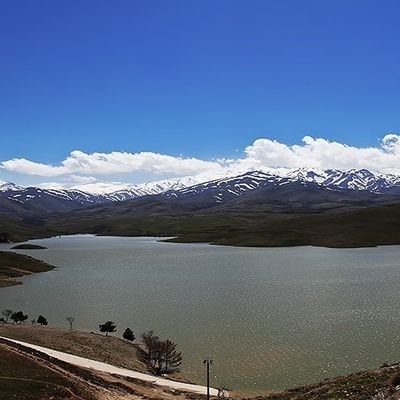SAEDNEWS: The Rafflesia is the world’s largest flower, renowned for its massive size and distinctive odor. Found in Southeast Asia’s rainforests, this extraordinary plant is both a biological marvel and an ecological treasure.

Reporting from SAEDNEWS, deep within the rainforests of Southeast Asia lies a floral giant that captivates botanists and travelers alike—the Rafflesia. Known as the world’s largest flower, it can measure over three feet in diameter and weigh up to 10 kilograms. Despite its breathtaking size, the Rafflesia is infamous for its unpleasant odor, earning it the nickname “corpse flower.” This plant, which lacks stems, leaves, or roots, is not only a biological curiosity but also an indicator of rainforest health.

The Rafflesia is a parasitic plant, meaning it depends entirely on a host plant for nutrients. It attaches itself to the roots of Tetrastigma vines, commonly found in tropical forests. Without its host, the Rafflesia cannot survive, as it lacks the ability to photosynthesize or produce its own food. Its unusual lifecycle adds to its intrigue. What sets the Rafflesia apart is its enormous bloom, which can grow up to 1 meter in diameter. The flower is reddish-brown with white or cream-colored spots, giving it a striking appearance. Its fleshy petals and central chamber make it a visual spectacle, drawing admirers from around the world.
The Rafflesia emits a powerful odor resembling rotting flesh, a strategy to attract pollinators such as flies and beetles. These insects, mistaking the flower for a decaying carcass, help transfer pollen between blooms, ensuring reproduction. This unique adaptation highlights the flower’s reliance on its ecosystem. The smell, though off-putting to humans, is crucial for its survival, as it enables pollination in dense rainforest environments where traditional pollinators like bees are less common.
The Rafflesia is native to the rainforests of Southeast Asia, including countries like Indonesia, Malaysia, Thailand, and the Philippines. These humid, tropical regions provide the ideal conditions for its growth. Despite its fame, spotting a Rafflesia in bloom is rare. The flower has a short lifespan, blooming for only 5 to 7 days before wilting. This fleeting existence, coupled with its dependency on specific host plants, makes it a challenge to find in the wild.
The presence of Rafflesia is a sign of a thriving rainforest ecosystem. Its survival depends on the delicate balance of biodiversity, highlighting the importance of conservation efforts in tropical regions. Deforestation, habitat loss, and climate change pose significant threats to Rafflesia’s survival. Its dependence on specific host plants and pollinators makes it particularly vulnerable to environmental disturbances.
Governments and environmental organizations in Southeast Asia are working to protect the Rafflesia through habitat preservation, eco-tourism initiatives, and public awareness campaigns. Protecting the rainforests where it thrives is key to ensuring its future. Eco-tourism plays a vital role in raising awareness about the Rafflesia. Controlled access to bloom sites allows visitors to experience its wonder while minimizing environmental impact. Such efforts encourage local communities to participate in conservation.

The Rafflesia, with its immense size and pungent smell, stands as a testament to nature’s diversity and ingenuity. Its fleeting beauty and ecological importance remind us of the delicate balance required to sustain life on Earth. Preserving this remarkable flower and its rainforest home is crucial for future generations to marvel at this botanical wonder.

